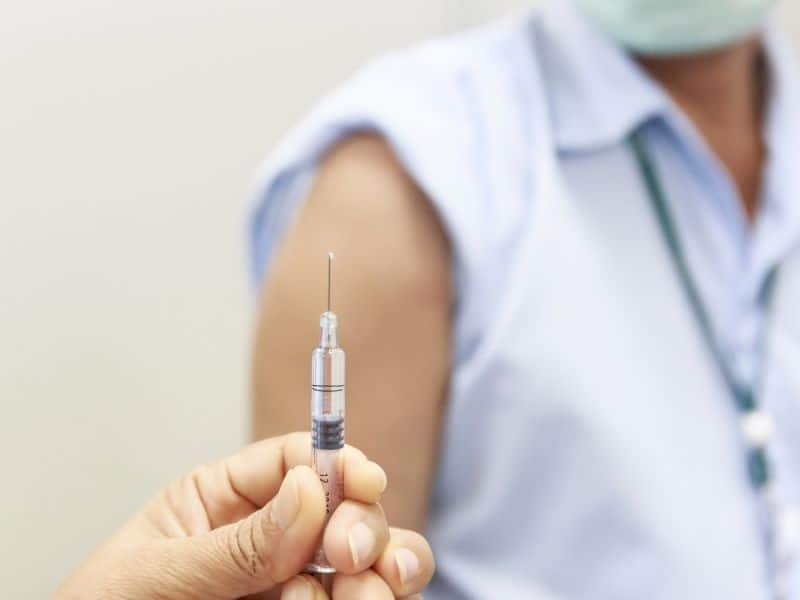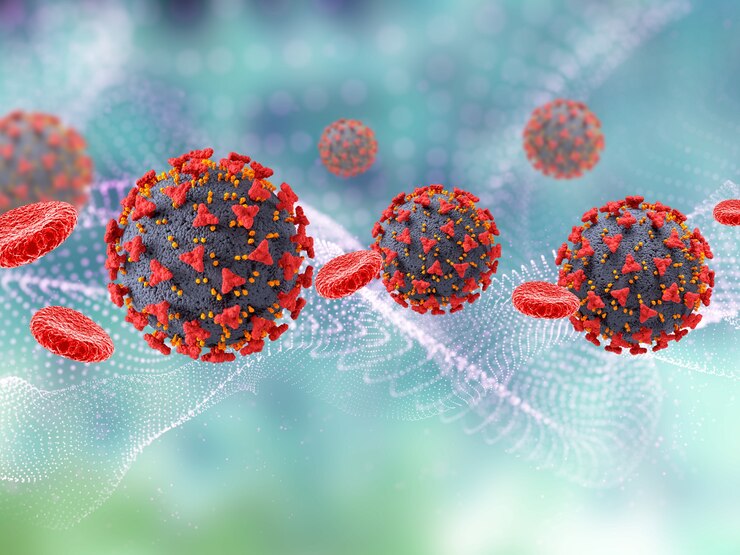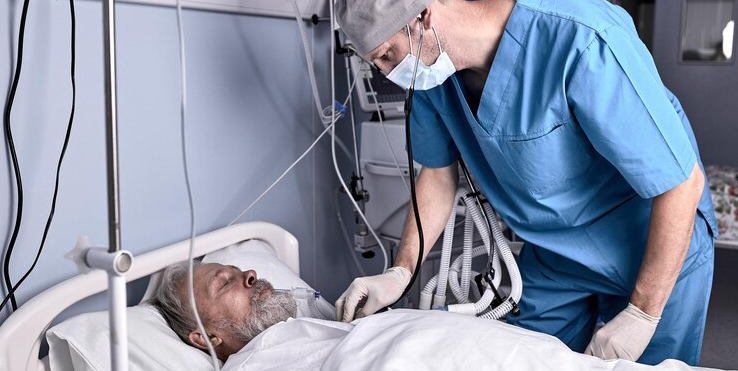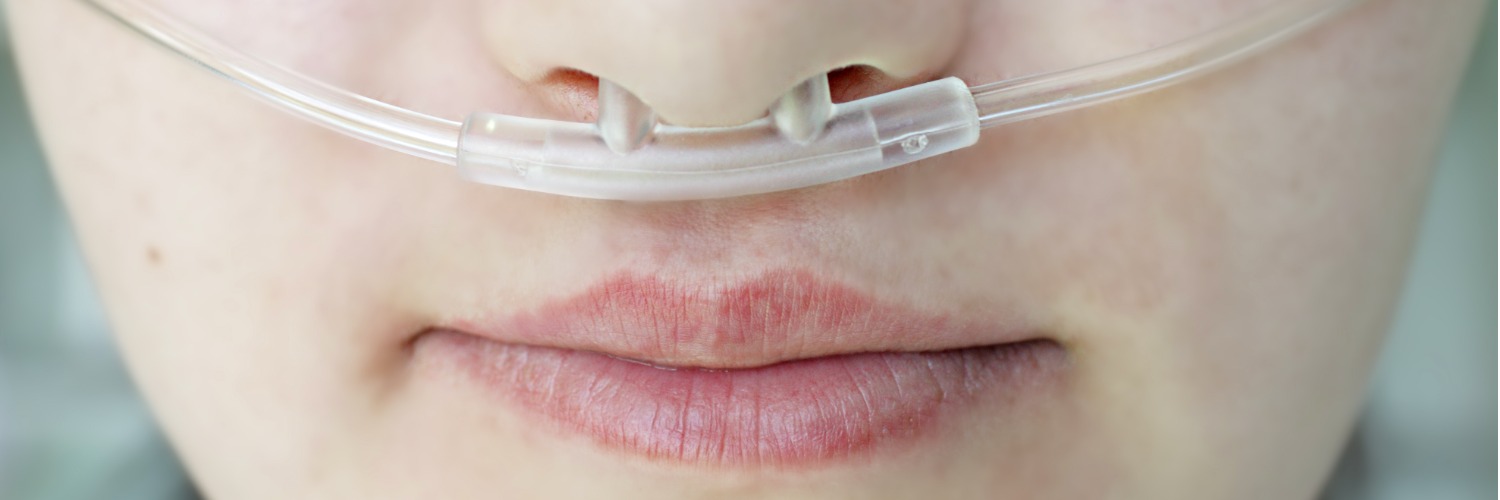The following is a summary of “STAT3-confusion-of-function: Beyond the loss and gain dualism,” published in the NOVEMBER 01, 2022 issue of Allergy and Clinical Immunology by Lodi, et al.
Autosomal-dominant hyper-IgE syndrome (AD-HIES), caused by signal transducer and activator of transcription 3 (STAT3) loss-of-function mutations, and STAT3 gain-of-function illness are 2 different human disorders that are caused by germline mutations of the STAT3. Until now, these entities have been seen as diametrically opposed, with STAT3 gain-of-function defined by lymphoproliferation and poly-autoimmunity and AD-HIES largely linked to typical infections and a connective tissue phenotype. The R335W mutation in the DNA-binding domain of STAT3 was first identified in 2 individuals with the usual AD-HIES, but curiously, a gain-of-function impact of the variation was recently shown by functional analysis. The molecular effects are further defined, and a patient with Sjögren syndrome and AD-HIES characteristics were reported.
The patient was described clinically and immunologically in the study. A4 cells transfected with the patient allele were utilized to evaluate the phosphorylation kinetics, transcriptional activity, and target-gene activation of STAT in primary patient cells.
The patient’s hybrid clinical characteristics were linked to healthy TH17 cells. It was shown that IL-6 stimulation resulted in enhanced and extended STAT3 phosphorylation, and increased STAT3-driven luciferase reporter activity, but decreased IL-6-induced SOCS3 production.
In vitro, the germline R335W-STAT3 variation has a mixed behavior that mostly exhibited gain-of-function but also contained loss-of-function. It dismantled the traditional antithetic duality of gain- versus loss-of-function, which was matched by an unclear clinical and immunological phenotype. The pathological range of diseases caused by germline STAT3 mutations included the p.R335W linked phenotype, which fell in between two well-known clinical illness patterns.
Reference; jacionline.org/article/S0091-6749(22)00837-5/fulltext



















